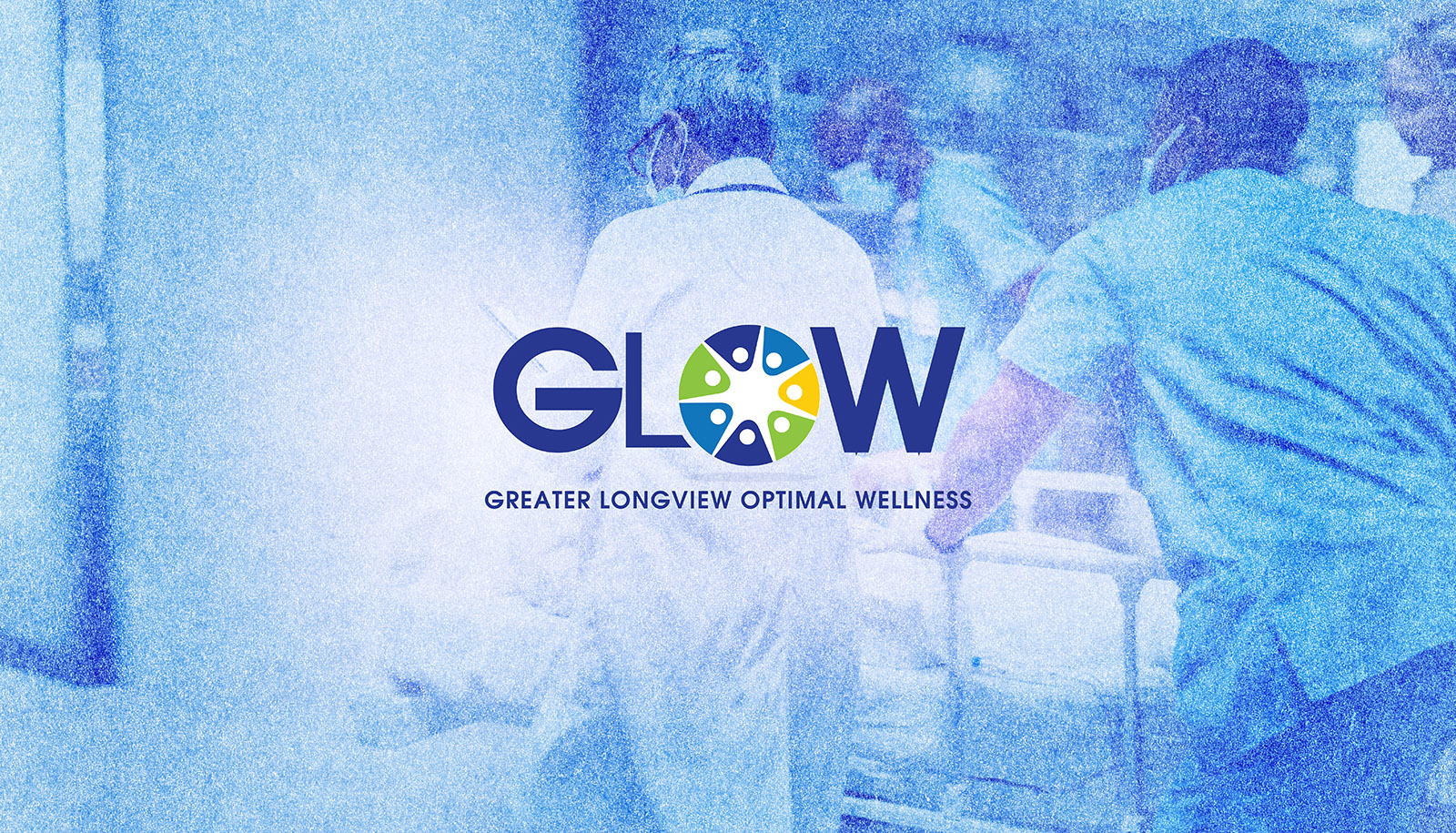
In early 2024, EHF announced a strategic framework with three new priority areas for change, one of which is Diabetes Prevention. The American Diabetes Association highlights the disappointing rates of diabetes and prediabetes of Texans. Notably, it’s estimated that 12.3% of the Texas adult population have been diagnosed with diabetes and 34% have prediabetes. EHF recognizes that, with 5 to 10% of prediabetics becoming diabetic annually, it’s crucial that we prioritize preventing this chronic disease to lessen the burden of managing it.
Learnings and Promising Interventions for Diabetes Prevention
EHF has undergone recent efforts to better understand important risk factors for developing diabetes and existing interventions throughout Texas to disrupt the progression of diabetes in the state. Our first-ever statewide survey on Texans’ experiences with prediabetes and Type-2 diabetes revealed the following notable findings.
Almost half of Texas adults live in a household experiencing diabetes or prediabetes and a majority of Texas adults are aware that diabetes tends to affect underserved populations at a higher rate. The survey results revealed that household diabetes experience is more prevalent among lower-income, Black and Hispanic, suburban, and lower-educated adults.
To address the growing crisis, Texans have various ideas on who should be involved in preventing diabetes and the actions they should take. More than 70% of Texans believe that doctors and nurses as well as food companies should play a major role in helping reduce diabetes in Texas. In addition, more than 60% of Texans say that doctors and nurses should be encouraged to discuss diabetes risks with patients and preventative health care should include screenings for diabetes.
→ To learn more about the survey results, see EHF’s new interactive website on the Diabetes Crisis in Texas, including the statewide survey results, additional facts, and more.
In addition to highlighting the experience of Texans as it relates to diabetes, we’ve begun to explore promising interventions to prevent diabetes. The CDC’s National Diabetes Prevention Program (DPP) emerged as an important evidence-based intervention proven to interrupt the progression from prediabetes to diabetes. The Center for Medicaid and Medicare Services (CMS) operates the Medicare Diabetes Prevention Program (MDPP), which delivers the program to Medicare beneficiaries across the U.S. at no cost to the beneficiary.
Between 1996 – 2001 a clinical trial for the DPP was conducted and showed reduced incidence of diabetes. After these positive results, CMS conducted a national pilot program to test scalable, less resource intensive versions of the DPP offered to Medicare beneficiaries and delivered through 17 YMCAs across the country from 2012 to 2016. This was later adopted as a benefit for the entire Medicare population in 2018 as the MDPP.
While Medicaid programs in some states have adopted DPP, Texas currently operates the MDPP and runs a National DPP program that primarily enrolls under and uninsured populations through the Texas Department of State Health Services. These programs are funded through state general revenue, federal grant funding, and a cooperative agreement with the CDC.
Another promising preventative measure is the use of continuous glucose monitoring (CGM) as a tool for early diagnosis of prediabetes and diabetes in high-risk groups. The CGM device is an emerging technology that allows for real time measurement of blood glucose levels. The use of CGM in high-risk groups can support early detection of prediabetes and justify the need to undergo preventative strategies to slow or mitigate progression to a diabetes diagnosis. The National Library of Medicine states that CGM used in prediabetes diagnosis appears to be a promising or superior effort to other known diagnostic methods such as oral glucose tolerance.
Crosscutting themes surfaced from EHF’s learnings and exploration of diabetes prevention interventions. The following are salient considerations related to maximizing the impact of efforts in this space.
Increase Screening to Address Health Disparities
Disparities along the lines of race, income, and geography are present in both prediabetes and diabetes rates. More specifically in rural areas of Texas, where there are fewer DPPs and less access to health care broadly the need to address barriers to access becomes even more important. Additionally, diabetes prevalence rates among Black, Hispanic, and low-income groups indicate a greater need for preventive services to be more accessible to these groups.
An increase in access to diabetes screening tools, such as the HbA1C test to measure average blood sugar levels, is an important measure to support diagnosing prediabetes and diabetes. According to the CDC, in 2021, 8.7 million adults who met laboratory criteria for diabetes were not aware of or did not report having diabetes. Screening is a necessary tool to diagnose not only those with diabetes, but people with prediabetes as well.
Address Program Implementation and Sustainability Challenges
Many DPPs across the state endure financial and administrative barriers when it comes to implementing and sustaining the programming. While Medicare currently provides reimbursement to qualified DPPs under the MDPP, Texas Medicaid does not currently provide reimbursement for DPP. Currently, many Texas DPP providers rely mostly on grants and institutional funding to sustain their programming, but additional financial support is needed to sustain the program. By adding the intervention as a Medicaid service, this cost-effective and proven method would prevent or delay Type-2 diabetes for beneficiaries across Texas.
Innovations in financing prevention programs in Texas can potentially offset the higher health care costs associated with diabetes. In 2022, the national medical costs of diabetes were estimated to be $307 billion. More specifically, a recent EHF report by Milliman estimated that the statewide Medicaid spending for adults with diabetes ranged between $6.2 billion and $8.7 billion in FY2021, which translates to about 15.9% to 20.6% of total state Medicaid expenditures, or 22.7% to 29.5% of state Medicaid expenditures for adults. With the estimated prevalence of diabetes among Texas adults at 11.2% in 2021, the possibility of this population costing up to almost a third of Medicaid expenditures, makes funding prevention in Texas Medicaid more appealing.

The Need for Comprehensive, Multi-sector Approaches
The process of preventing Type-2 diabetes does not exist in isolation of the non-medical drivers of health (NMDOH) that Texans’ experience. EHF’s annual survey reveals the various NMDOH factors that impact prevention and access to DPP. Those include lack of reliable transportation to health care services and DPPs, limited access to recreational spaces for increased physical activity, and access to healthy foods and grocery stores. When asked about approaches to diabetes prevention work, more than 50% of Texans recognized the need for strategies that address NMDOH needs such as providing educational resources and community classes on healthy eating and exercise.
Due to the multifaceted NMDOH barriers that Texans experience, interventions that emphasize intentional collaboration among various sectors can alleviate the pressures of NMDOH factors. For example, this might look like a DPP partnering with an organization to provide healthy food boxes or offering transportation services to and from DPP classes. Additionally, the use of Community Health Workers (CHW) in diabetes prevention and control is receiving attention from the CDC and other state health departments. The inclusion of CHWs and collaborative approaches can increase an intervention’s effectiveness at addressing the NMDOH needs of participants.
The insights revealed in our learnings and exploration expose the need for coordinated statewide and local efforts to emphasize diabetes prevention strategies in Texas’ health care system. Opportunities exist to increase screening to address health disparities in prediabetes and diabetes prevalence and for Texas Medicaid to explore funding models to include DPP as a reimbursable service with the intention to reduce the incidence of diabetes among beneficiaries. Locally, increased collaboration and attention to non-medical drivers of health can result in successful program implementation, ultimately improving health outcomes throughout Texas communities. ⚙
More from Digging Deeper

Digging Deeper Digest: 2024 Recap
This year, EHF’s Research and Evaluation team launched “Digging Deeper,” collaborating with trusted partners to analyze the research topics and health trends that are central to EHF’s vision for a healthier Texas.

National Diabetes Month 2024: Insights from Recent EHF Learnings
Crosscutting themes surfaced from EHF’s learning and exploration of diabetes prevention interventions. Opportunities exist to increase screening to address health disparities in prediabetes and diabetes and for Texas Medicaid to explore funding models to include the CDC’s National Diabetes Prevention Program (DPP) as a reimbursable service with the intention to

The Promises of Community Paramedicine: GLOW Evaluation Update
Community paramedicine models of care provide a strategy that is working across the nation to address non-medical drivers of health. There is a growing body of evidence that programs like GLOW can address needs of the community that are beyond the capacity and reach of our traditional medicine model of